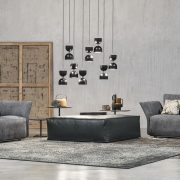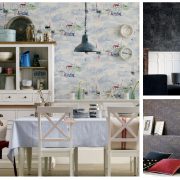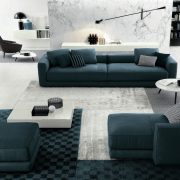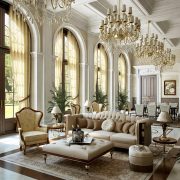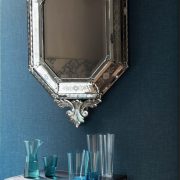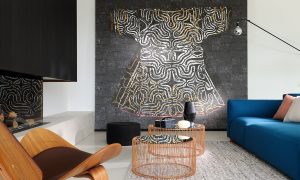Sofa Or Sectional
When considering redecorating a home or moving to a new place, choosing the right seating is always a dilemma. This design debate has people divided into two teams – Sofa or Sectional. Making the right choice is indeed a complexity and we are going to try to tackle this question head on, and be as analytical as possible to help you come to the best decision.
Room Size & Dimensions:
This is obviously one of the most important ones, but not for the reason you might think. Don’t always assume that if you have a smaller space then you can’t opt for a sectional. Depending on the nature of the space, a sectional might be a great idea. For example, in case of a small apartment that has the living room, dining room and kitchen in the same space, a sectional might be a great way to separate the spaces, giving the living room it’s own designated area. When you don’t have a lot of room, and you can’t divide up the different sections with walls, using furniture is actually a great way to visually break up the space into sections.
On the other hand, if you have a large space to work with, surely a sectional could work marvelously. It could be the focus of the room, giving you something to tie the rest of the décor in with. But don’t feel that because you have a lot of room, a sectional is the only answer: by putting a two or three seater sofa and two armchairs you can create a great entertaining space, with lots of seating and room to switch things around in the future.
When it comes to the room size, it’s more about how you put it together than the actual space you have. That’s why, no matter what, we always recommend you sit down with a professional, show them your blueprints and decide what works best. There is nothing worse than spending your money on a piece of furniture that doesn’t fit right.
Family Life:
Who you are and what you do plays a big part of whether a sectional or a sofa is right for you. Do you have a big family, with lots of kids or are you a single person who has a lot of friends over? A sectional is a very cozy and informal piece of furniture that can accommodate movie nights, sleepovers or dinner parties with friends. Or, on the other hand, perhaps it’s just the two of you and you prefer to snuggle up on a love seat. If you have kids, you also need to consider the finish of your sectional and get something that can be cleaned easily.
Style:
At the end of the day it all comes down to your style. Are you more laidback, go-with-the-flow? Or do you enjoy more of a formal setting? The sofa + armchair combination tends to set a more formal tone, having people sit in their own separate place when interacting. While a sectional provides a much more intimate experience. The sofa plus chairs is also a more versatile combination when it comes to décor because you can change the position of the individual pieces and still create a great flow. While with a large sectional, it’s difficult to get it to fit anywhere else than where it was originally meant to be.
Style also means what your personal design style is. What do you think looks better? In the end, it’s your home and you have to be the one that lives in it! So, follow your instincts and pick the option that looks best to you!
Purpose:
Take into account what exactly is the purpose of the living room where the sofa or sectional is going to go. Is it for watching TV? Entertaining guests? A sectional is perfect for watching TV as a family, because the angles work great and nobody is craning their necks. ON the other hand armchairs are much more comfortable for reading. While a medium sized sofa with a recliner or a couple of armchairs is an ideal solution for entertaining friends. When you know the primary function of the space it is much easier to decide which direction to go in.
Whatever you do, don’t be afraid to explore new options. And if you are still confused you can always consult with our team of designers at The Platinum House to help you make the right choice.

